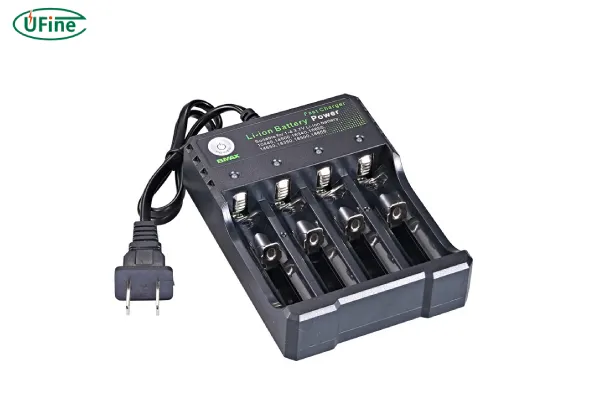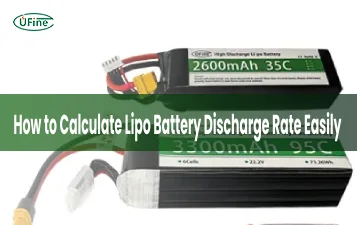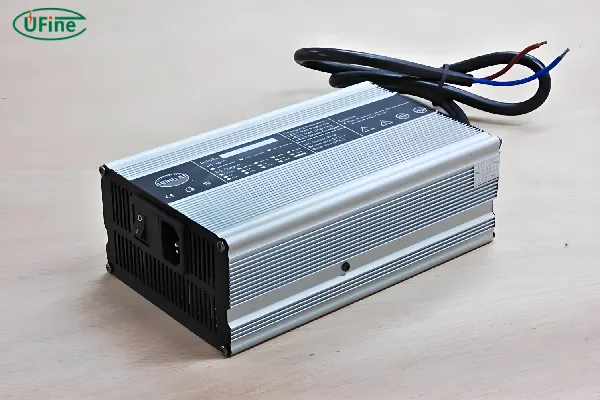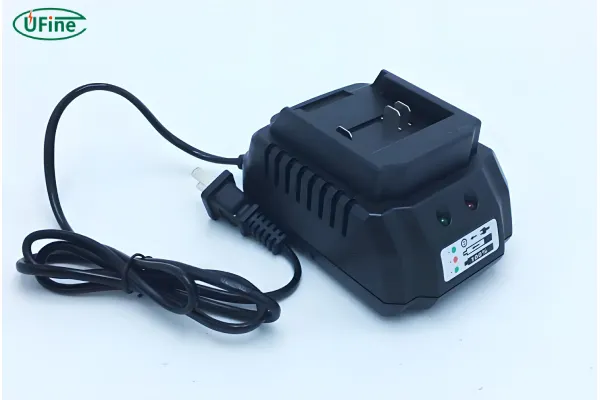Lithium battery chargers play a vital role in powering our everyday devices, from smartphones to electric vehicles. Choosing the right charger ensures efficiency, safety, and longevity for your batteries. In this guide, we’ll delve into everything you need to know about lithium battery chargers, including their components, types, and key features to consider.
Part 1. Composition
Let’s start by understanding what makes up a lithium battery charger. These chargers are more than just simple devices; they consist of several crucial components that work together to power your batteries effectively.
Transformer
The transformer is the first line of action. It takes the AC power from your wall outlet and converts it into a lower voltage suitable for your device. This step is essential for ensuring that the power is manageable and safe for further processing.
Rectifier
Next, the rectifier comes into play. Its job is to convert AC (alternating current) into DC (direct current), which is the type of current that lithium batteries require. This conversion is crucial for the battery to store and use energy efficiently.
Regulator
The regulator is like the guardian of the charging process. It ensures that the output voltage remains stable and prevents overcharging, which can damage the battery. This component is vital for maintaining the health and longevity of your battery.
Microcontroller
Finally, the microcontroller manages the overall charging process. It monitors the battery’s status, adjusts the charging rate, and ensures safety features like automatic shut-off are in place. This intelligent component makes modern chargers more efficient and reliable.
Part 2. Types
How many types of lithium battery chargers are there? Lithium battery chargers come in various types to meet different needs. Whether you need a quick charge or something more versatile, there’s a charger for every situation.
Standard Chargers
Standard chargers are the most common type. They’re ideal for everyday devices like smartphones and tablets. These chargers deliver a steady and reliable charge, making them perfect for regular use.
Fast Chargers
Fast chargers are designed for those in a hurry. They provide a rapid charge, significantly reducing the time it takes to power up your device. However, it’s important to use them correctly to avoid potential battery damage.
Universal Chargers
Universal chargers offer versatility. They come with multiple connectors, allowing them to charge a wide range of devices. This flexibility makes them a convenient option for households with various gadgets.
Smart Chargers
Smart chargers are equipped with advanced features. They often include automatic shut-off, temperature control, and the ability to optimize charging cycles. These chargers are ideal for those who want to ensure the best care for their batteries.
Or it could be these types.
- Wall Chargers: Compact and portable, wall chargers are commonly used for charging small devices like smartphones and tablets.
- Car Chargers: These chargers plug into a vehicle’s power outlet and are convenient for charging on the go.
- Battery Packs: Portable power banks with built-in charging capabilities can charge various devices, including smartphones, tablets, and even some cameras.
- Smart Chargers: These chargers offer advanced features like temperature control, automatic voltage adjustment, and battery balancing for optimal performance.
- EV Chargers: Designed for electric vehicles, these chargers provide the necessary power to charge the vehicle’s battery efficiently.
Part 3. Voltage
Understanding the voltage of a lithium battery charger is crucial. The voltage determines how efficiently and safely a battery can be charged. Using the correct voltage ensures your battery charges fully without risk of damage.
Common Voltages
-
5V Chargers: These are typically used for small devices like smartphones and tablets. They provide just the right amount of power for efficient charging without overloading the device.
-
12V Chargers: Often used for larger devices such as laptops and some power tools. They offer more power, suitable for devices that require a bit more juice.
-
24V Chargers: Commonly found in electric bikes and scooters. These devices need a higher voltage to operate efficiently and provide the necessary power output.
-
48V Chargers: Used in electric vehicles and heavy-duty equipment. These chargers are designed for high-capacity batteries, ensuring they receive the power needed for optimal performance.
Choosing the right voltage is important to ensure efficient charging and prevent damage to your device.
Part 4. Key features of a good charger
A good lithium battery charger should have several key features to ensure safety and efficiency.
Overcharge Protection
This feature prevents the battery from receiving more charge than it can handle, reducing the risk of overheating and damage. It’s a critical safety measure that extends the life of your battery.
Temperature Control
Temperature control ensures the charger operates within safe limits. This feature prevents overheating, which can lead to battery damage or even fire hazards.
Compatibility
A good charger should match your device’s voltage and connector type. This ensures efficient charging and reduces the risk of damaging your device.
Efficiency
Efficiency is about delivering power quickly and effectively without wasting energy. An efficient charger reduces charging time and energy consumption.
Durability
A durable charger can withstand regular use and potential drops. Look for chargers with robust construction and quality materials to ensure longevity.
Part 5. How to choose a right charger for your lithium battery?
Choosing the right charger involves several considerations. Here’s a simple guide to help you make the best choice:
-
Check Voltage: Ensure the charger matches your battery’s voltage requirements. Using the wrong voltage can damage your battery.
-
Consider Amperage: The current rating should align with your device’s needs. A higher amperage can lead to faster charging but must be compatible with your device.
-
Look for Compatibility: Confirm that the charger fits your device’s connector type. Universal chargers can be a good option if you have multiple devices.
-
Read Reviews: Customer feedback can provide insights into the charger’s reliability and potential issues.
-
Consider Brand Reputation: Reputable brands often offer higher quality and better support.
By taking these steps, you can find a charger that meets your needs and ensures your device receives the best care.
Part 6. How long can a lithium battery charger last?

The lifespan of a lithium battery charger depends on several factors, including usage habits and build quality. On average, a well-maintained charger can last between 2 to 5 years. High-quality chargers from reputable brands tend to have a longer lifespan. Regular care and proper use can further extend their life.
Part 7. Maintenance and safety
Maintaining your lithium battery charger is essential for safety and longevity. Here are some tips to keep your charger in top condition:
-
Keep It Clean: Dust and debris can affect performance. Regularly wipe down your charger with a dry cloth to keep it free of particles.
-
Avoid Overheating: Use the charger in a cool, ventilated area. Avoid covering it during use to prevent heat buildup.
-
Inspect Regularly: Check for signs of wear and tear, such as frayed cords or damaged plugs. Address any issues promptly to prevent hazards.
-
Follow Instructions: Always adhere to the manufacturer’s guidelines for safe usage. This includes not exceeding the recommended charging time and using the charger for its intended devices.
By following these maintenance tips, you can ensure your charger remains safe and effective for years to come.
Part 8. Conclusion
In conclusion, understanding the components, types, and features of lithium battery chargers helps in selecting the right one for your needs. By considering voltage, compatibility, and safety, you can ensure your devices are charged efficiently and safely. With proper care and attention, your lithium battery charger will provide reliable service for years.
Related Tags:
More Articles

LiPo Battery Discharge Rate Guide & Calculation Tips
Understand LiPo battery discharge rates, C-ratings, and how to calculate max current. Essential guide for RC, drones, and electronics users.
High‑Capacity 3S LiPo Batteries: 5000 mAh vs. 10000 mAh
Compare 3S LiPo 5000mAh vs 10000mAh batteries by weight, power, and use. Find the best fit for your drone, RC car, or boat setup.
Top 5 Applications for Small 3S LiPo Batteries
Small 3S LiPo batteries power drones, RC gear, wearables, and robotics with high energy and low weight. Making them ideal for compact electronics projects.
Building and Charging Your Own 3S LiPo Pack: A Step‑by‑Step Guide
Learn how to build, balance, and charge a 3S LiPo battery pack safely at home with this complete DIY guide for hobbyists and beginners.
How to Choose the Right LiPo Battery Plug Type?
Discover the best LiPo battery plug types, how to choose them, and expert tips for safe usage, soldering, and maintenance.





